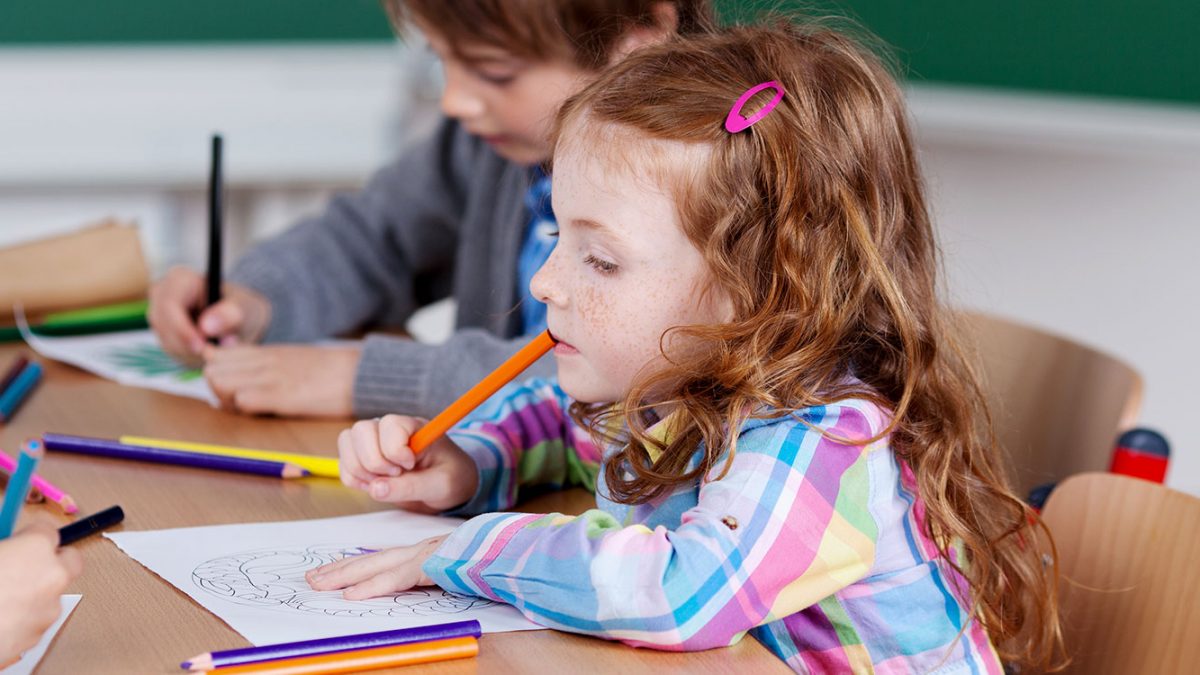
A child who is poor at running will improve with practice; in the same way a child can develop their short-term auditory memory.
Many children have good memories for events, which may have happened, or people they met along time a go but may have difficulties in remembering the details of what they have heard or seen moments before. It is an important skill as it helps the child to retain words long enough in your head for the child to be able to carry out an instruction accurately. This difficulty with short-term auditory memory is common in children with language difficulties.
Memory impacts a person’s ability to perform almost any activity. Memory is how “knowledge is encoded, stored, and later retrieved” (Kandell, Schwartz, and Jessell,2000). Even mild memory deficits can impact a student’s success. There are different kinds of memory, including long-term memory, short-term memory, working memory, auditory memory, and visual memory.
Auditory memory is the ability to take in information that is presented orally (out loud), process it, retain it in one’s mind, and then recall it. Auditory memory requires working memory.
Working memory is “the management, manipulation, and transformation of information drawn from short-term memory and long-term memory” (Dehn, 2008). Working memory is responsible for processing higher-level linguistic information, and if the task is more complex, working memory spends more time processing (Daneman and Carpenter, 1980). Working memory capacity has significant relationships with reading decoding, language comprehension, spelling, following directions, vocabulary development, note taking, and GPA.
Sub-skills of auditory comprehension that we would be expecting our children to develop. Consider these for a moment:
- developing memory and concept for a single word
- showing understanding of learn-to-listen sounds
- responding appropriately to common expressions
- following simple directions
- answering common questions
- completing a known linguistic message using auditory closure
- sequencing two, three and four critical elements in a message
- identifying a picture related to a story
- answering common questions about a familiar topic or story
- integrating new information about a topic with existing information.
A child who is poor at running will improve with practice; in the same way a child can develop their short-term auditory memory. Auditory memory deficits remembering multi-step directions, relating new information to prior knowledge, oral language comprehension, taking notes while listening, verbal fluid reasoning, written expression, and oral expression (Dehn, 2008). Individuals with deficits and weaknesses can benefit from direct teaching of strategies, which can improve working memory performance.
Effective strategy teaching can include:
Language
- Engaging in one-on-one brief, focused sessions over several weeks;
- Limit amount of verbal instruction at any one time – Chunk into smaller, simple phrases
- Repeat individually any information or instructions given to the whole class
- Pause, Repeat, Check – ask child to repeat back or clarify
- Rehearsal –help child achieve silent rehearsal by whispering information to themselves more and more softly until they can do it silently
- Encourage child to take daily messages
- Teaching one strategy at a time;
- Providing plenty of practice and offering feedback;
- Pausing before auditory input is given allows the child to attend more closely;
- Teach grammar specifically through meaningful contexts and in practical situations
- Teach grammar visually. Use pictures, concrete objects, Rebus symbols, signs or gestures and the written word
Make learning visual
- Accompany key words and checklists with pictures, icons, and symbols
- Develop your own diagrams or icons for keywords and subject-specific words
- Use keywords, icons and diagrams rather than full text
- Underline and highlight keywords
- Make use of word trees, maps or webs
New Learning
- Make use of the procedural memory by role-play, drama, and physical movement
- Provide plenty of practice when teaching routines, key procedures and sequences
- Make use of routines to help learning
- Association – help child link information with a more familiar word, picture, idea or image
- Provide regular over-learning opportunities to recall information, even after you think the child has learned it
- Providing positive reinforcement and data tracking;
- Explaining purpose and rationale;
- Explaining and modeling the steps of the strategy;
- Teaching cues to help remember the strategy;
- Encouraging children to monitor and evaluate strategy use;
- Encouraging generalization across sessions
Contact me for more information or further guidance on individuals with poor memory skills and how intervention can help.



